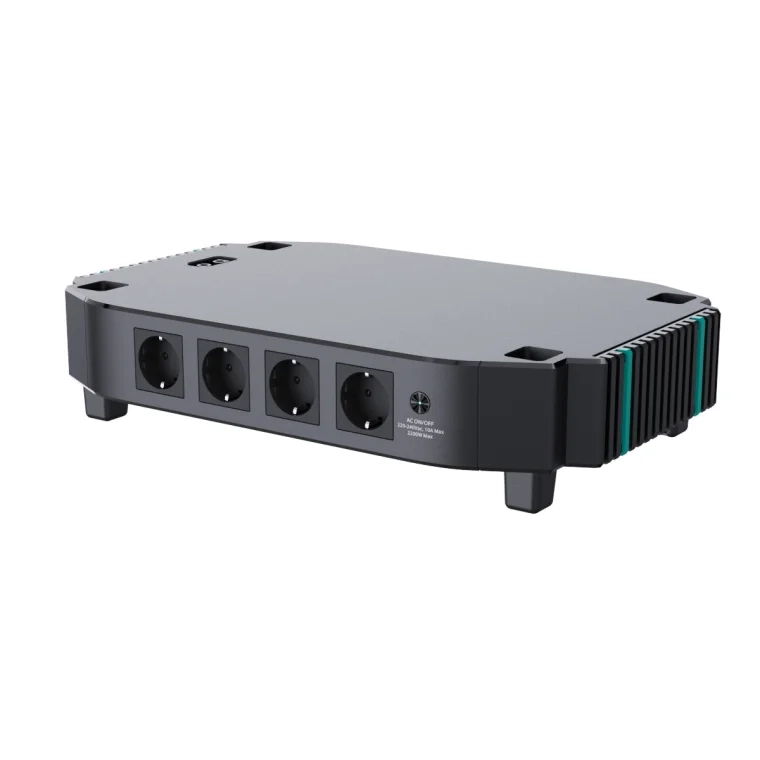When it comes to the intricate web of electrical systems in our homes, light switches are often overlooked components that play a crucial role in our daily lives. However, what happens when a light switch goes bad? This seemingly minor issue can lead to a cascade of problems, affecting not only the functionality of your lighting but also posing potential safety hazards. In this article, we will delve into the various implications of a malfunctioning light switch, how to identify the signs of failure, and the steps you can take to address the issue effectively.
Understanding the Anatomy of a Light Switch
Before we explore the consequences of a faulty light switch, it’s essential to understand its basic components. A standard light switch consists of several parts: the toggle or rocker, the internal mechanism (which may include springs and contacts), and the electrical terminals. When you flip the switch, it completes or interrupts the electrical circuit, allowing or stopping the flow of electricity to the light fixture.
Signs of a Malfunctioning Light Switch
Recognizing the early signs of a failing light switch can save you from more significant electrical issues down the line. Here are some common indicators:
- Flickering Lights: If your lights flicker or dim unexpectedly, it may indicate a loose connection within the switch or a failing internal mechanism.
- Unusual Noises: A buzzing or crackling sound when you operate the switch is a red flag. This could suggest arcing, which occurs when electricity jumps between contacts, leading to overheating and potential fire hazards.
- Heat Emission: A switch that feels unusually warm to the touch is a sign of excessive current flow, which can damage the switch and create a fire risk.
- Physical Damage: Visible cracks, burn marks, or discoloration on the switch or surrounding wall can indicate serious electrical issues.
- Inconsistent Operation: If the switch requires multiple attempts to turn the light on or off, it may be time for a replacement.
The Consequences of Ignoring a Bad Light Switch
Neglecting a malfunctioning light switch can lead to several adverse outcomes:
- Electrical Fires: One of the most severe risks associated with a faulty light switch is the potential for an electrical fire. Overheating components can ignite surrounding materials, leading to devastating consequences.
- Circuit Overload: A failing switch may not handle the electrical load properly, which can cause circuit breakers to trip frequently or, in worse cases, damage other electrical components in your home.
- Increased Energy Costs: A malfunctioning switch can lead to inefficient energy use, resulting in higher electricity bills. Flickering lights or inconsistent operation may cause lights to remain on longer than necessary.
- Safety Hazards: A faulty switch can create a hazardous environment, especially in areas prone to moisture, such as bathrooms or kitchens. Water and electricity are a dangerous combination, and a malfunctioning switch can increase the risk of electric shock.
Troubleshooting and Repairing a Faulty Light Switch
If you suspect that your light switch is malfunctioning, it’s crucial to address the issue promptly. Here are some steps you can take:
- Turn Off Power: Before inspecting or replacing a light switch, ensure that the power is turned off at the circuit breaker to prevent electric shock.
- Inspect the Switch: Remove the switch cover and examine the wiring for any signs of damage, such as frayed wires or loose connections.
- Test the Switch: Use a multimeter to check for continuity. If the switch fails to show continuity when in the on position, it may need replacement.
- Replace the Switch: If you determine that the switch is faulty, replacing it is often a straightforward process. Ensure you purchase a switch that matches the amperage and voltage requirements of your circuit.
- Consult a Professional: If you are unsure about any step in the process or if the problem persists after replacing the switch, it’s wise to consult a licensed electrician. They can diagnose underlying issues that may not be immediately apparent.
Conclusion
A malfunctioning light switch may seem like a minor inconvenience, but it can lead to significant safety hazards and increased costs if left unaddressed. By understanding the signs of a failing switch and taking proactive measures to troubleshoot and repair the issue, you can ensure the safety and efficiency of your home’s electrical system. Remember, when in doubt, it’s always best to consult a professional to avoid potential dangers associated with electrical work. Stay safe, and keep your home well-lit!



More Stories
5 Game-Changing Tips to Supercharge Your Home Theater with a Universal Projector Remote
High-Efficiency Automotive Power MOSFETs Optimized for Electric and Hybrid Vehicles’ Powertrain Systems
CAT5E F/UTP Network Cable Solutions for Stable Data Transmission